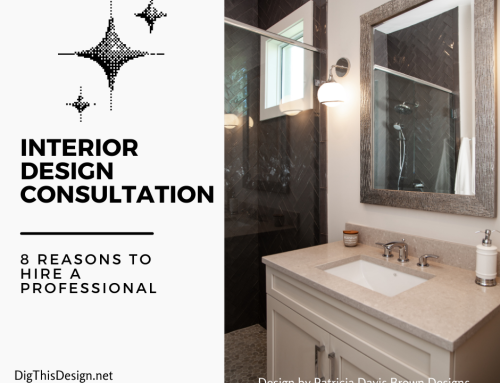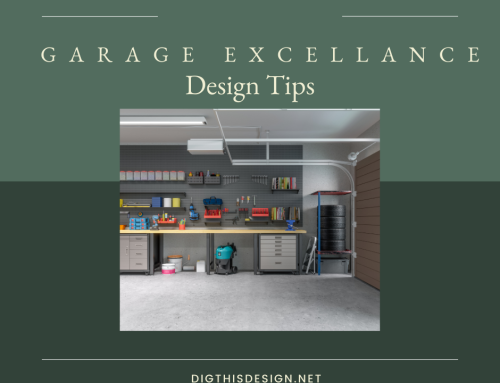If you are lucky enough to be designing a new home or renovating an existing one, you’ll find you have more to think about than merely how it looks. Indeed, a home’s design significantly affects its energy efficiency — an energy-efficient home can help pay for itself each month when the bills come due.
The Home Energy Score is a measure, according to a national rating system used in the United States, of how much energy a home design requires. Achieving a score of 7, for example, can translate to a projected savings of almost $4,000 over the course of a decade. Only the most efficient house designs, called “passive” designs, earn a top score. When you’re building or altering your home, consider making design decisions with an eye to improving your score.
Lower Your Energy Use with These 3 Home Designs

Install Light-Colored Roofing
Not all design changes require a major makeover. One of the easiest changes you can make is to select light-colored tiles for a new roof. Dark colors absorb heat, but light colors reflect it — on clothing, on vehicles, on siding, and on roof shingles.
When picking out shingles, choose light colors such as tan or gray, which reflect greater amounts of solar heat than darker colors do. Choosing such a color will help keep your home cool during the summer, cutting your air conditioning bills.
Seal Your Envelope
Leaks in your heating and air conditioning infrastructure can allow conditioned air to escape your home while letting air from the outside environment into your home. When you plug cracks in your basement, stop gaps around your doors and windows, and patch tears in your ductwork, you are “sealing the envelope” — making your home as airtight as you can.
To get started, ask your contractor to perform a blower door test as a way of measuring your home’s air infiltration levels. Then, because merely adhering to standard residential codes is not sufficient to make a home truly energy-efficient, inform your contractor that you desire an air infiltration measurement of no more than 0.6 air changes per hour (ACH). Such a level will indicate a tightly sealed envelope around the structure.
Insulation also plays a part in sealing your home. Although insulation standards will vary depending on the climate in which you live, installing sufficient quantities of insulation helps keep air from moving through solid materials, such as walls, in your house. Extra insulation is one of the least expensive improvements you can make to a design, and it is also one of the most effective.
Choose the Right Air Conditioning System
To choose the right size for your air conditioner, start measuring! If you install a unit that is too small to easily cool the square footage of your home or of the room for which you intend it, your air conditioner will begin overworking itself, drawing much more power than it should. But measure carefully — buying a unit too large for the space you intend it to cool is just as wasteful.
Experts can help you find the right air conditioning system for your home. HVAC professionals can also help you accurately measure the space in your home and choose a unit that will be able to cool it efficiently. If you ask, a professional can even give you helpful hints about shading your home and help you decide where to install your new air conditioner.
The overall design of a home is what makes your living space efficient, so take the time to choose a passive design. Doing so can lower not only your energy footprint but also your monthly costs.





